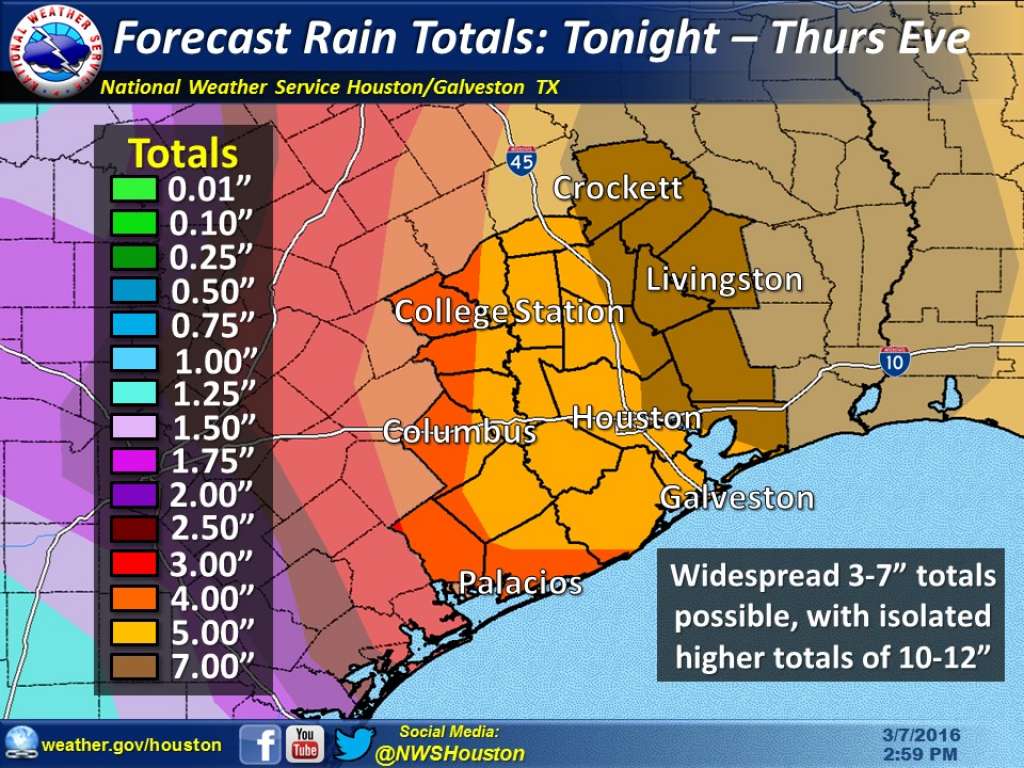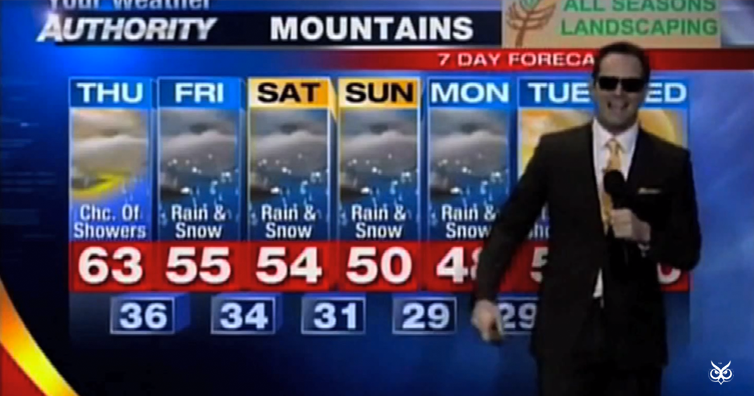Do me a favor and ask your friends what 50% chance of rain means. You’ll be surprised with the results. Some of them will say that it will rain in 50% of the time – that is 12 hours. Others will say that it will rain in 50% of the region. A third group will say that it will rain on 50% of the days for which this prediction has been made.
So, what’s the deal here? Why so much confusion and how should we really interpret ‘chance of rain’?
Well, here’s how it goes. (the article continues after the ad)
To be fair, it’s not the general public that should be blamed for his ignorance but rather the meteorologists who’ve failed all these years to explain the terminology. Because “Probability of Precipitation” (PoP), the statement that refers to the likelihood of rain, describes the chance of precipitation occurring at any point you select in the area.
Here’s the formula and the logic behind it as explained by the National Weather Service (NWS):
“PoP = C x A where “C” = the confidence that precipitation will occur somewhere in the forecast area, and where “A” = the percent of the area that will receive measurable precipitation, if it occurs at all.”
So, if the forecaster knows precipitation is sure to occur (confidence is 100%), he or she is expressing how much of the area will receive measurable rain. If that area is 50% of the region then the PoP = “C” x “A” or “1” times “.5” which equals .5 or 50%.
But, most of the time, the forecaster is expressing a combination of degree of confidence and areal coverage. If the forecaster is only 50% sure that precipitation will occur, and expects that, if it does occur, it will produce measurable rain over about 80 percent of the area, the PoP (chance of rain) is 40%. ( PoP = .5 x .8 which equals .4 or 40%. )
Here’s an example so you can better understand it.
Usually, the NWS uses various models and data to look at the chances that rain will occur for a large area. For instance, just take a look at the Houston-Galveston forecast area outlined in the map below:

Now, if you’ve ever driven from Galveston to College Station or Palacios to Crockett, you know it’s a big area. If the forecasters were 100% confident that it’s going to rain in the upper third of the counties, and 100% confident that it won’t rain in the lower third, then the chance of rain for the whole area is 30%.
Therefore, if you local TV weather anchor says that there’s a 50% chance of rain but at the end of the day you don’t see any rain, it does not mean that he or she don’t know what they’re talking about. Be sure that for the area they are referring to, there’s someone who’s going to get rained on that day and other who will not.
If you like what you read, then you will definitely love this one: How Fast Do Raindrops Fall?
Photo: Your Weather Authority
Sources: FAQ – What is the Meaning of PoP | What It Really Means When There’s A 50 Percent Chance Of Rain



